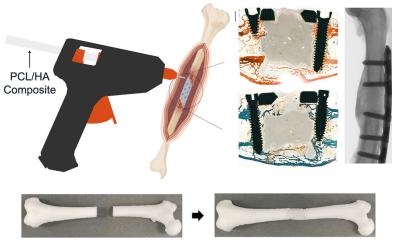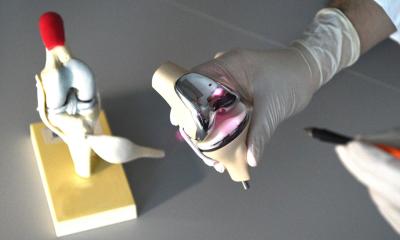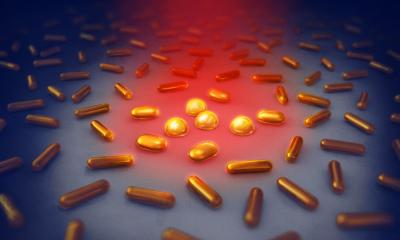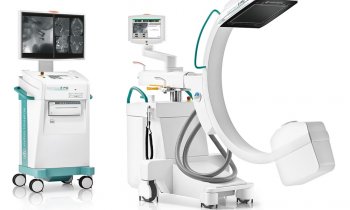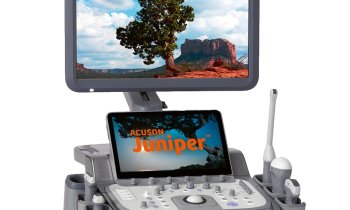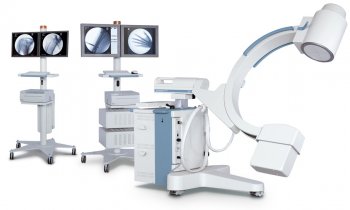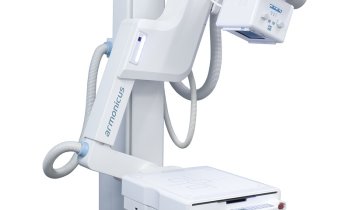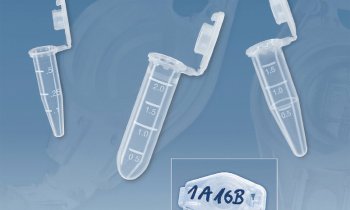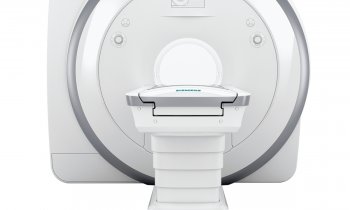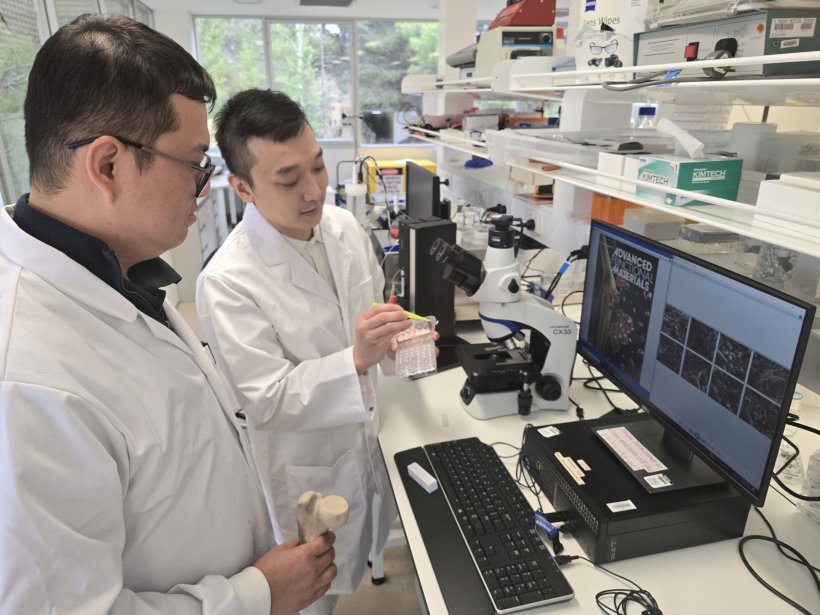
Image credit: Flinders University
News • New biomaterials
Building durable, infection-resistant implants with liquid metal
A pioneering liquid metal combination is shaping up as a potential secret weapon in the global fight against antimicrobial resistance, and promises to outlast existing implant materials.
While also able to combat infections, new research at the Flinders University Biomedical Nanoengineering Laboratory also confirms the special metallic material is far more biocompatible with bones – giving patients potential for quicker healing and device longevity after major orthopaedic surgery.
“This new 3D bioceramic scaffold embedded with silver-gallium (Ag-Ga) liquid metal nanoparticles offers a dual-function biomaterial that simultaneously combats persistent infection and promotes bone regeneration,” says Flinders University Associate Professor Vi-Khanh Truong, lead author of a new article in Advanced Functional Materials. “In our latest research we show our scaffolds significantly reduce bacterial colonisation at implant sites and promote healthy bone integration, confirming both antibacterial efficacy and regenerative capability in a physiologically relevant setting.”
Our technology offers a non-antibiotic, dual-function solution that can dramatically improve surgical outcomes – particularly for high-risk and compromised patients
Vi-Khanh Truong
This is the first reported instance of integrating liquid metal-based nanomaterials into a load-bearing, bioactive ceramic scaffold, explains Dr Ngoc Huu Nguyen, a postdoctoral researcher on the project. “Our approach differs fundamentally from conventional antibiotic-loaded materials. Instead of burst release, the scaffold provides sustained, localised antimicrobial protection while actively supporting bone healing,” he says. Early career researcher Dr Nguyen was instrumental in formulating the liquid metal-based bioceramic scaffold, successfully integrating Ag-Ga nanoparticles into hydroxyapatite to achieve a seamless combination of antimicrobial activity and bone-regenerative function.
Senior co-author Flinders University Professor Krasimir Vasilev says the latest research successfully incorporates the surface coatings to a fully integrated, regenerative scaffold platform for orthopaedic and trauma applications. “This innovation helps to create a new generation of bone repair materials that can prevent infection without relying on antibiotics, while also enhancing tissue integration and healing,” says Professor in Biomedical Nanoengineering Vasilev. He says the multi-targeted antibacterial effects have been shown to be effective against a range of clinically significant pathogens, including Staphylococcus aureus, methicillin-resistant S. aureus (MRSA), Pseudomonas aeruginosa, and small colony variants – “which are notoriously difficult to eliminate using conventional antibiotics”.
Recommended article

Article • Bacterial defense mechanism
Antibiotic resistance: a global threat to healthcare
Antimicrobial resistance (AMR) is becoming more prevalent around the world, constituting a serious threat to public health. When bacteria acquire resistance against antibiotics, common medical procedures – for example, in surgery – become impossible due to the high infection risk. Keep reading to find out about AMR research, development of new antibiotics and antibiotic alternatives.
Future applications could include:
- Antimicrobial bone void fillers for infected fractures, spinal fusions, and revision surgeries
- Next-generation antibiotic-free bone cements with ion-mediated antimicrobial action
- Patient-specific, 3D-printed scaffolds for craniofacial, long bone, and tumour resection defects
- Standalone implantable devices for infection-prone environments, such as diabetic foot and oncology-related bone loss.
Implant-associated infections remain a critical challenge in surgery and orthopaedics. Systemic antibiotics are increasingly ineffective due to resistance, and antibiotic-loaded cements are often short-lived and narrow in spectrum, researchers say. “Our technology offers a non-antibiotic, dual-function solution that can dramatically improve surgical outcomes – particularly for high-risk and compromised patients,” says Associate Professor Truong.
Also see: Materials Today Chemistry – ‘Responsive biomaterials engineered via plasma-driven techniques’ (2025) by Trong Quan Luu, Andrew Hayles, Richard Bright, Dennis Palms, Tuyet Pham, Vi Khanh Truong and Krasimir Vasilev (8 September 2025)
Source: Flinders University
11.10.2025



